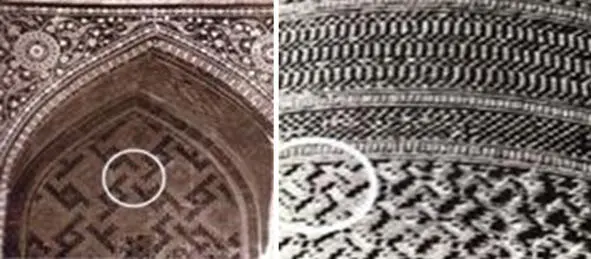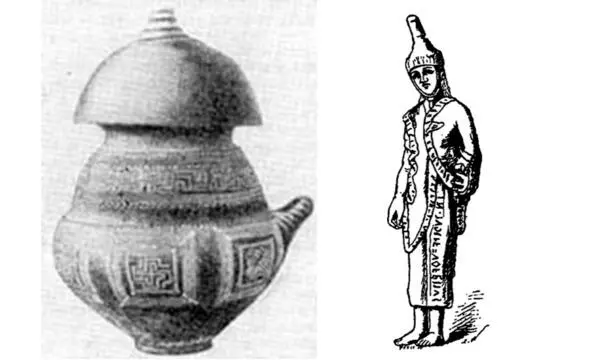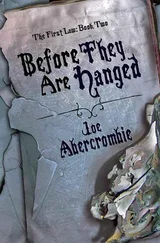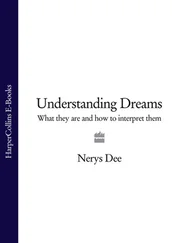The photo depicts crosses on the walls which are part of Eluu Chustsay’s tomb. They represent variations of the mark "┬" and its inverted shape "┴». When put together, these marks form the Aryan symbol, the cross, which known around the world.
Why am I drawing your attention on these details of Eluu Chustsay’s tomb? Our ancient forefather Kitay had two sons: the elder was named Baitike or Abaotsi in hanzu language, who was the imperator of Liao (steel), with the tribal mark " ┬». The Liao empire reigned from 907—1125 in the same area today known as modern-day China. The second son was named Buudai (with the tribal tamga "┴»). Both symbols can be combined to form the shape of a cross " +».
The genealogy of the Aryans’ symbol originated from the tamgas of the Kyrgyz tribe of the Kitai (kidan) —the marks inherited by the two sons of the forefather of the Kitai.

By the way, the Arian symbol of the Swastika has been arranged in two fashions – in clockwise direction (left picture) and in anti-clockwise direction.

On the pictures we have seen fragments from ancient temples from Buhara and Samarkand.
We can suggest other sources and writings on the subject such as the book by the prominent Kazakh historian A.K. Narymbaev 9 9 А. К. Нарынбаева, “ Туран – колыбель древних цивилизаций»
titled «Turan – the cradle of ancient civilization».
I draw up readers attention to the signs that relevant only to the Kyrgyz clans and originated (created) by their nomadic life-style. Each tribe had its own sign, called tamga, which was used primarily for labeling privately-owned sheep (these marks were burnt on ears of domestic animals) so as to avoid confusion with the grazing «property» belonging to other tribes. Long before people began to lead a sedentary life, they learned farming. And prior to that, ancient men were hunting wild animals and gathering wild berries and fruit.
The tamgas seem to have appeared with the rise of cattle-herding. Their presence on lifestock meant that their owners of animals thus marked belonged to a particular tribe and were freemen with many servants and slaves. Slaves on the other hand did not possess any animals, in fact, they owned no property at all and therefore did not have any tamga.
The tamgas depicted and originated from simple geometric shapes and figures known to the nomadic people since ancient times as round shapes, crosses, cemi-crosses, spears, rhombs, squares, and so on.
In recent years, several famous Kyrgyz citizens or persons with a strong interest in Central Asian history have presented artfully designed fake tribal marks. These usually look very complicated, bordering on the bizarre, and some of them have appeared on kalpaks and coats, enabling their bearers to prominently focus the attention on what they claim is their ancient tamga.
However, such artwork, beautiful though it may be, is quite inconsistent with the available historical data, and often simply defies logic and common sense. How, for instance, was it possible to burn such elaborate designs onto the ears of a sheep or a cow? Ancient tamgas were primarily used to mark private animals and nothing more. Was it possible to imprint on the ears of sheep substantially much more complex figures, something that requires or equals a complex maths equation? While these modern shapes could be considered as interesting sketches in a tattoo studio they have little in common with the ancient tamgas used by our forefathers.
I never wasted my time with such silly activity. As for the shape and meaning of the tamga which belonged to my tribe, the Kytai, I have shown that this mark is supported by historical evidence and data. The tribe of the Kytai (Khitan) consists of eight large Kyrgyz sub-tribes, which later evolved into the independent tribes that formed the basis of the left wing of the Kyrgyz nation (Kytai, Saru, Kushchi, Toboy, Zhetigen, Chon Bagis, Bazys, Munduz).
In previous works I have written about the origin of the name Kytai (Kutai). Here, I would like to mention the historic work «Metahistory» by the Russian author N. Kikishev 10 10 Николай Кикишев.«МЕТАИСТОРИЯ, откуда мы родом”431—440 pages.
who wrote about the Sumerians: «The name of the river Kolyma is referred to by its original Sumerian name, Kalama. In the area located between the two rivers Indigirka and Kolyma in Northern Russia, you can find many geographical names that are used to describe hills, slopes, valleys, ridges, furrows etc. which were borrowed for originated from the names of Sumerian gods.»
The Sumerians wrote on the plates of clay (kyt), which were later hardened in fire to the firm tablets. In both Kyrgyz and Sumerian culture this process was well known from ancient times and described as Kalam or Kalamalap, respectively. The people who wrote on these clay tablets belonged to the Aryans, they were called Kyts, kyttar, Kytai by others.
The ancient Hittites founded one of the oldest state in world, and the word Het itself is derived from Kyt-Kytai, hyt-hytay. Some 4,000 years ago they were among the first inhabitants on the European continent to make shields, sabers and various other items produced from iron.
But other part of our ancestors lived in Central Asia. They discovered iron much earlier than the Hittites. In fact, they used a heavenly metal, as they called it to manufacture iron weapons, smelting iron from meteorite remains. This is documented in Y.S. Hudyakov’s work 11 11 Ю.С.Худяков”Сабля Багыра. Вооружение и военное искусство средневековых кыргызов» (Saber of Bagyr. Weapons and medieval Kyrgyz military art),15—107 pages.
». Thus, the Hittites were members of the Aryan civilization, and our ancestors gave them the secrets and techniques of ancient metallurgy.

Left: An Etruscan jar from the seventh century BC with Aryan signs.
Right: Picture of an Etruscan girl in traditional dress and high cap.

Left: The ancient remnants of an Etruscan tower in modern Italy, from the eighth century BC.
Right: Buranum of the Karachanid empire in Tokmok, Kyrgyzstan, from the tenth century AD.
The Hittites Empire, as it is known, was located on the territory of modern Macedonia and Serbia. Modern Macedonians have written many books revealing that Alexander the Great (Iskander Zulkarnayn) belonged to the clan of the Khitan. The Tocharian state flourished 3000 years ago and the Kushan Empire from the first to the third century AD. The former was located within the modern Xinjiang autonomous Region of China. Both empires were founded by the tribe, belonged to Aryan peoples, who worshiped Tengir and used the specific tamgas – the same ancient marks of the Kytai, Kushchy, Basyz and others.
During archaeological excavations in the «Takla Makan» desert in 1977 many well-preserved mummies were found. Interestingly all male mummies were uncircumcised. In my view this indicates that this civilization’s roots differed from Semitic traditions. It is also known that one mummy called Suluu «Lula» was found with the Aryans signs belonging to the Kytai tribe.
Читать дальше
















